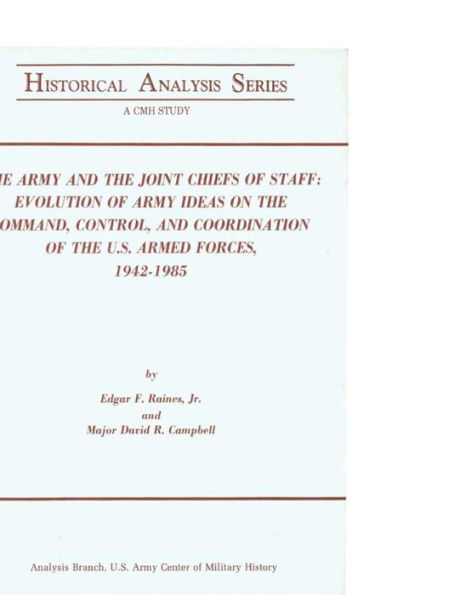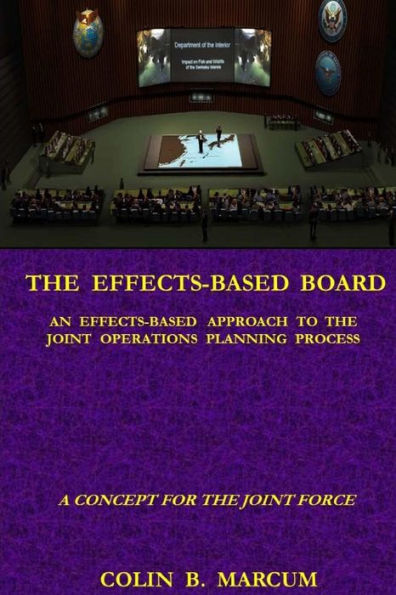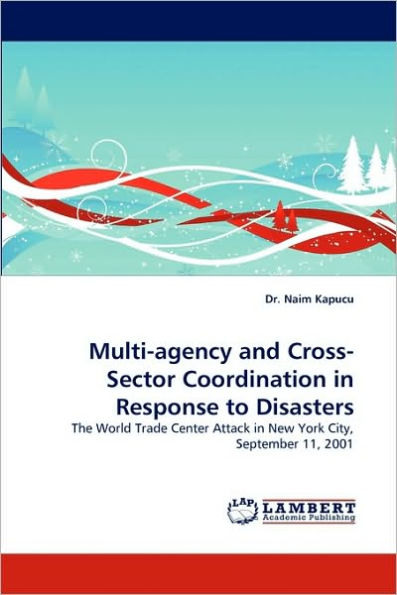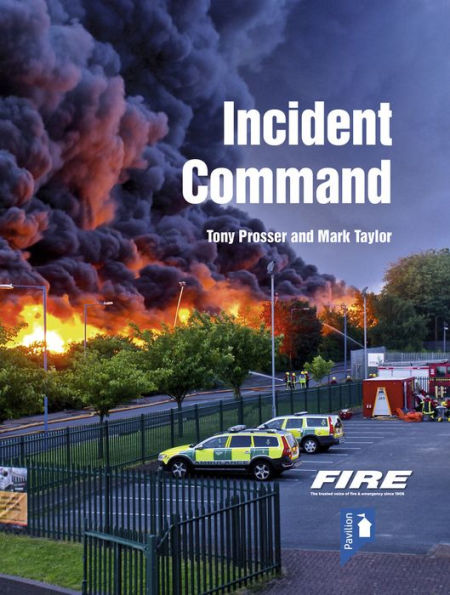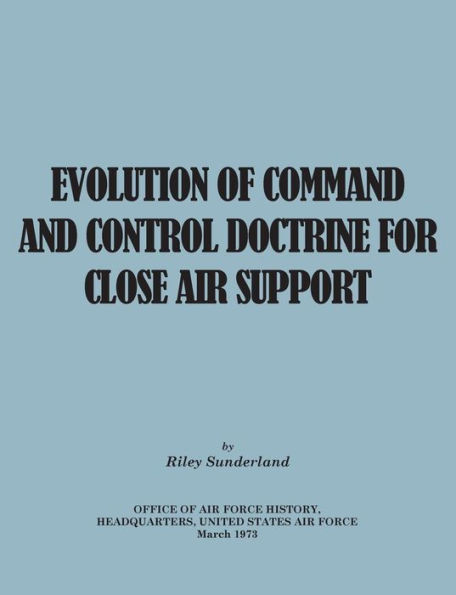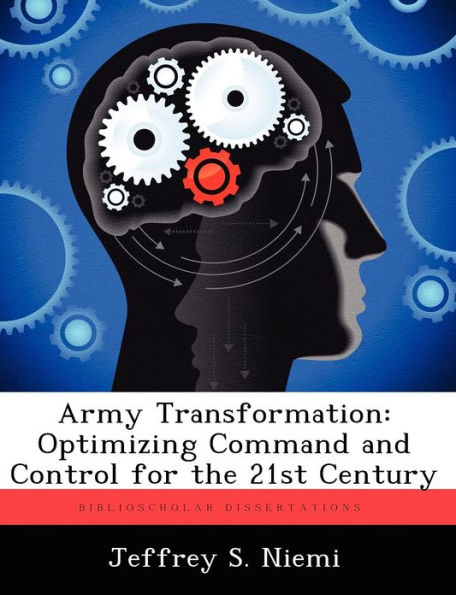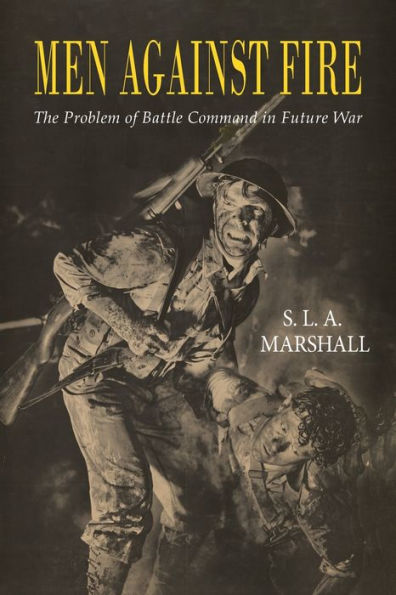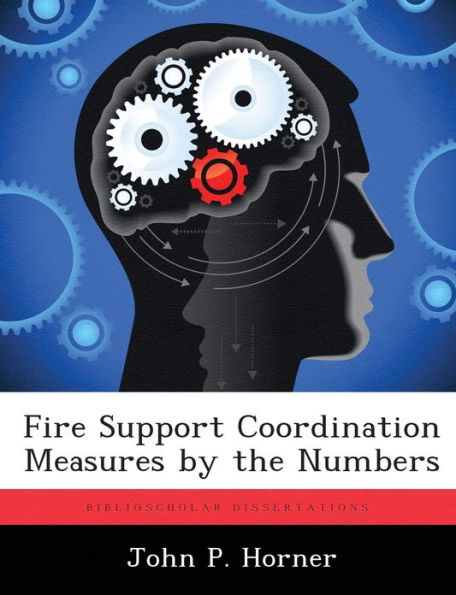Home
The Fires and Effects Coordination Cell: The Evolution of a Command System in Response to a Changing Environment


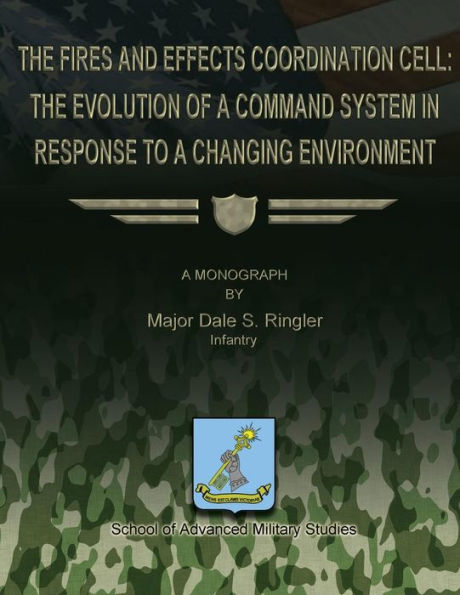
The Fires and Effects Coordination Cell: The Evolution of a Command System in Response to a Changing Environment
Current price: $16.99
Loading Inventory...
Size: OS
This monograph explores the possible evolution of a command system, specifically the Fires and Effects Coordination Cell, within the Interim Brigade's staffs organization. The purpose of this examination is to determine if the Fires and Effects Coordination Cell in the Interim Brigade's staff organization will increase effectiveness for planning urban operations. First, the monograph begins by examining the new operational environment and the US Army's response. Then the monograph demonstrates the evolving nature of an asymmetrical threat in an urban environment. The goal is to understand the origin, definitions, goals, desired effects, and possible tactics of asymmetric warfare. The assessment indicates that the effective use of the components of information operations would enhance the effect of combined arms throughout the full spectrum of operations in an urban environment. Next, the monograph examines current and emerging MOUT doctrine and Draft FM 3-0. The goal is to determine if current doctrine is correct and current concerning today's environment and whether contemporary doctrine explains the application of combat power, including the components of information operations, to achieve the desired effects desired in an urban environment. This analysis showed an apparent void in current MOUT doctrine, but demonstrated that emerging doctrine addresses today's environment. With the apparent void in current doctrine, the monograph then analyzed ways in which a commander can use components of information operations to shape and isolate an urban environment with an asymmetrical threat. A modern case study is used to demonstrate lessons learned using the components of information operations in an urban environment against an asymmetrical threat. The case study is the Russian involvement in Chechnya, specifically Grozny, in 1993-1995. The monograph then investigates the Fires and Effects Coordination Cell concentrating primarily on the nonlethal aspects. This investigation demonstrated the process of assessing the threat and urbanized terrain as a system and having the capabilities to understand and influence the sub-components of that system. The monograph concludes with recommendations for effectively and efficiently incorporating the Fires and Effects Coordination Cell in planning tactical operations in an urban environment. The monograph recommends that doctrine needs to address the components of information operations and provide a path for analyzing the parts of the complexity of an urban environment. Along with doctrine, training needs to be reexamined and refined to meet the current environment.


